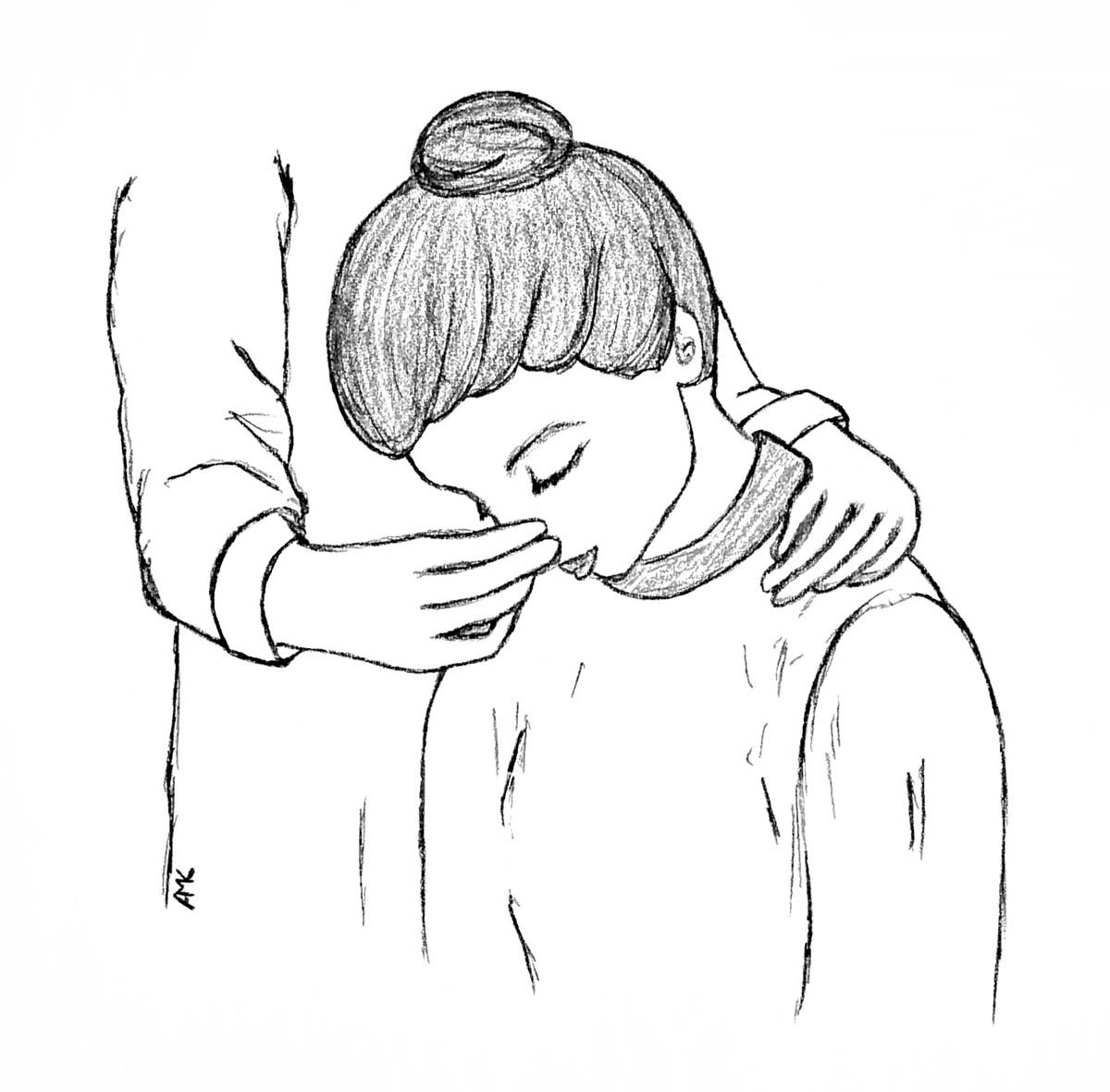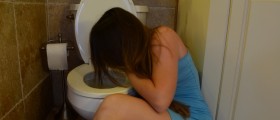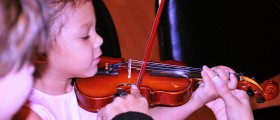
Introduction to Nosebleeds
A nosebleed is a relatively common occurrence of bleeding from the nose, usually noticed when the blood drains through the nostrils. Nosebleeds are categorized based on where they originate. They are described as either anterior or posterior. Posterior nosebleeds tend to happen to older people, and not to young children.
Although nosebleeds are fairly common, they can be frightening for the parents. Healthy children also experience nosebleeds, but some do have them more often than others. And, that is when the parents concern goes through the roof.
Causes
The lining of the nose contains many blood vessels that lie close to the surface and can be easily damaged. A nose may begin to bleed if one of the small veins lining the nose ruptures. This can happen in various ways: the child may cause the injury by picking its nose, by blowing it too hard, etc, or suffering a blow to the nose during play. At times, dry air (that may be caused by heat or an air-conditioner) may cause the veins in the child’s nose to rupture. With those kids who may experience nose bleeds more frequently than others, this may be due to the fact that their veins are located more closely to the mucous membrane of their nose, thus more easily harmed.
Parents should not worry, but try and detect the reason that this is happening to their child.
Extremely rarely, the nosebleed may be associated with an underlying health problem (such as allergies, deviated septum, etc.), which may be very serious.
If the child’s nose bleeds more than once a week, parents should take him to the doctor. Frequent nosebleeds may mean that the child has a bleeding disorder, and that needs to be treated. There are a few indicators that might show this problem: difficulty in stopping the bleed of minor cuts, someone in the family having a bleeding disorder (because they are mostly hereditary), bleedings that occur on both sides of the nose, etc. However, these are not sure tell-tale signs, so a doctor should run the necessary tests to rule out any underlying condition.
First Aid
When the child’s nose starts to bleed, the parents should keep them upright (either standing or sitting down), and make them tilt their head slightly back. They should also apply pressure on the nose by pinching it about halfway up the nose (where the bone and the cartilage meet), and keep pressuring for ten minutes. It is important that they hold for the entire ten minutes, because letting go earlier can cause the bleeding to start yet again.

















Your thoughts on this
Loading...